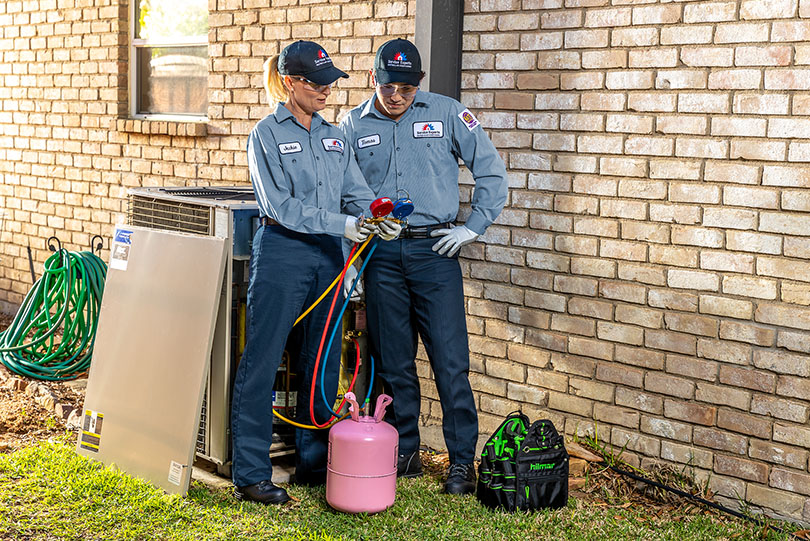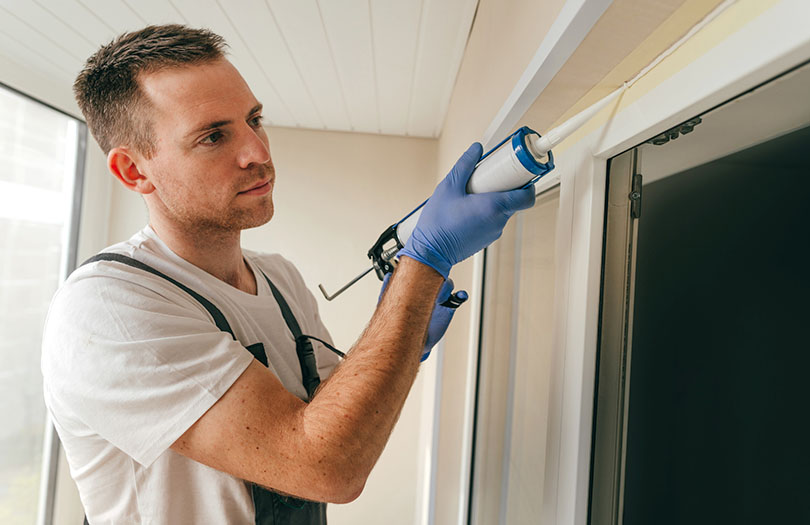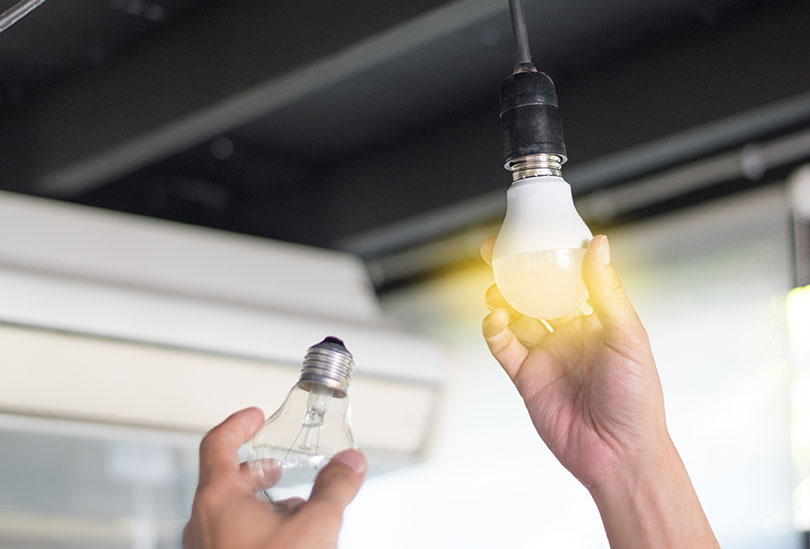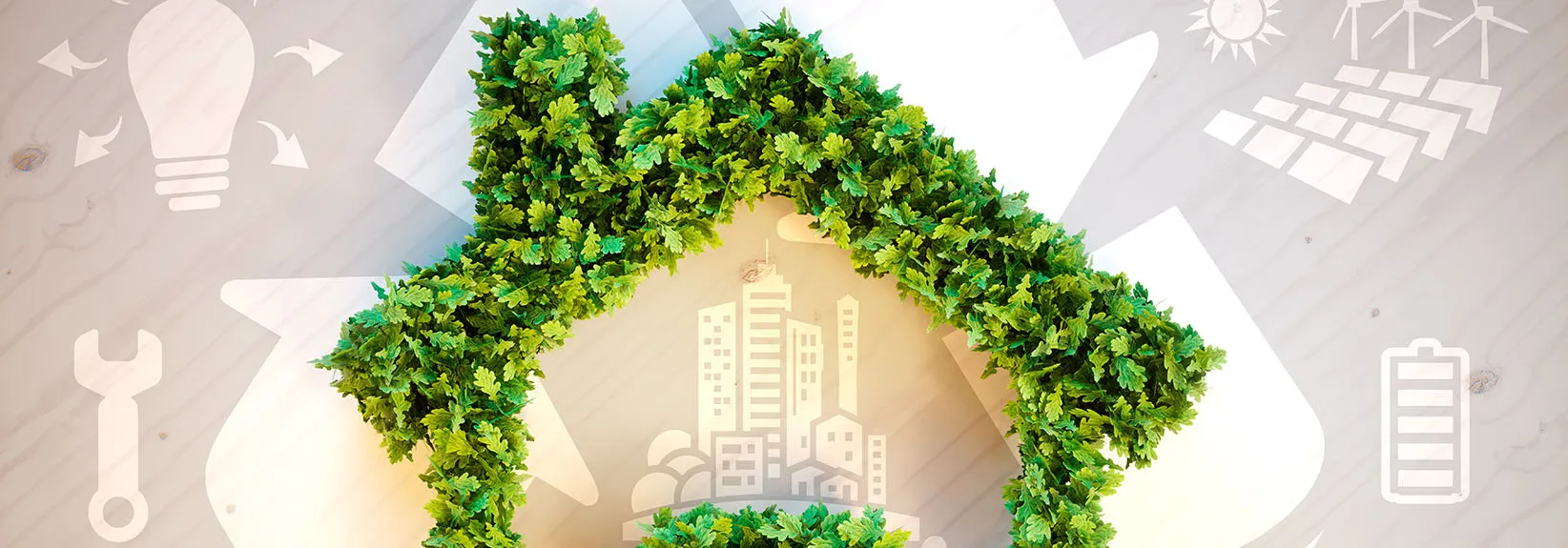7 Tips for a More Earth-Friendly and Energy-Efficient Home
With the celebration of Earth Day recently and spring cleaning on the minds of countless homeowners, it’s a great time to make homes more earth-friendly and energy efficient. The truth is, with only a few small, affordable changes, homeowners could be on their way to saving 20% or more on monthly energy costs. Here, the home-efficiency specialists from share techniques on how to start saving right now.
1. Purchase a Smart Thermostat
A smart thermostat typically saves between 12% to 23% on a power bill, and it’s also a very good tool to cut down on carbon emissions from a household. How do they do it? Smart thermostats go beyond simply programming the time of day for your HVAC system to turn on or off. Some smart thermostats are intuitive and can detect changes in consumption patterns and home activity. They can also be programmed while you are away via an app, and notify homeowners about changes that may impact their energy bill.
“This technology saves you money and also makes life easier,” said Service Experts’ Lisa Lange. “It’s a low-cost way to improve energy efficiency in your home immediately.”
2. Hire a Professional to Perform a Heating and Cooling System Tune-up
Before the summer heat arrives, another eco-friendly move is to schedule an air-conditioning system tune-up. Routine maintenance will help homeowners avoid significant repairs during the busy season for HVAC service crews and a system that performs optimally minimizes reliance on fossil fuel energy sources.
A routine servicing involves cleaning all of the system’s key components, in addition to testing and making adjustments to the unit’s operating system. In addition to checking refrigerant levels and switching out air filters, the condenser located outside the house should also be cleaned and checked.
“During your tune-up, it’s a great time to tap the expertise of an HVAC pro,” noted Lisa Lange. “We encourage customers to ask about thermostat settings, when to change air filters and bring any other questions they may have about the energy efficiency of their home.”

3. Add Insulation
Adding insulation to a home is a green tip that could help save up to 20% on a power bill. In many residences, air gets out through attics, crawl spaces and basements. If a room is drafty and has trouble holding a consistent temperature, it may be time to check attic insulation. Cold floors could also be a sign that basement insulation isn’t at the level you really need. All of these concerns also lead to higher energy consumption, which leads to increased carbon emissions.
“Many homeowners are surprised when they learn their home is under-insulated, but it’s actually quite common,” said Lange. “The good news is that, just like a smart thermostat, you can see the utility cost savings from this decision very quickly. You will also take comfort in knowing that you are helping improve our environment through reduced emissions.
4. Make Sure the House Is Airtight
Windows, ductwork, light sockets and weather stripping around doors are all locations in the home subject to leaks and heat loss or gain (in summer, no one wants hot air seeping in). Let Earth Day be a signal to green up these areas of the house by making some simple repairs. Replacing old weather stripping and caulking around windows are two economical tasks that are fairly easy to tackle, said Lange, and will reduce the strain on HVAC systems and the electrical grid too.

5. Use An Energy Zoning System
To develop a comfort zoning system for a home, a certified HVAC Expert identifies locations in a house based on its layout, sun exposures and the amount of energy demand different areas require. The HVAC pro can then design a system that correctly distributes air in the home harmonizing comfort and energy efficiency. These systems often use multiple thermostats and adjustments to the ductwork. When paired with a smart thermostat, they can dramatically improve comfort, save customers more than 30% on their energy bill and greatly reduce a home’s greenhouse gas emissions.
“How many times in a day do we heat or cool a room no one is using? It happens all the time, and it adds up to significant energy waste, and these systems are an optimal solution,” Lange said.
6. Use Energy-Efficient Light Bulbs
If a homeowner’s spending plan doesn’t permit for major upgrades, replacing regular incandescent light bulbs with energy-efficient LEDs is a low-cost eco-friendly decision with a huge impact on the environment. Most LEDs will last up to seven years and use about 90% less power than traditional bulbs.

7. Go Solar
With up to 30% in federal tax credits available to lower the price of a solar installation, there may never be a better time to install one on a home. Over their lifetime, these quality energy-producing systems can generate an average savings of about $60,000 and greatly reduce a homeowner’s total carbon footprint.
“We have the best program in the country. Our experts will develop an energy savings plan that will help you get the most out of your system and show you’re making a direct positive impact on the environment,” Lange said.
For more information about tips to make a home more energy efficient, visit McKinley Heating Service Experts today.

